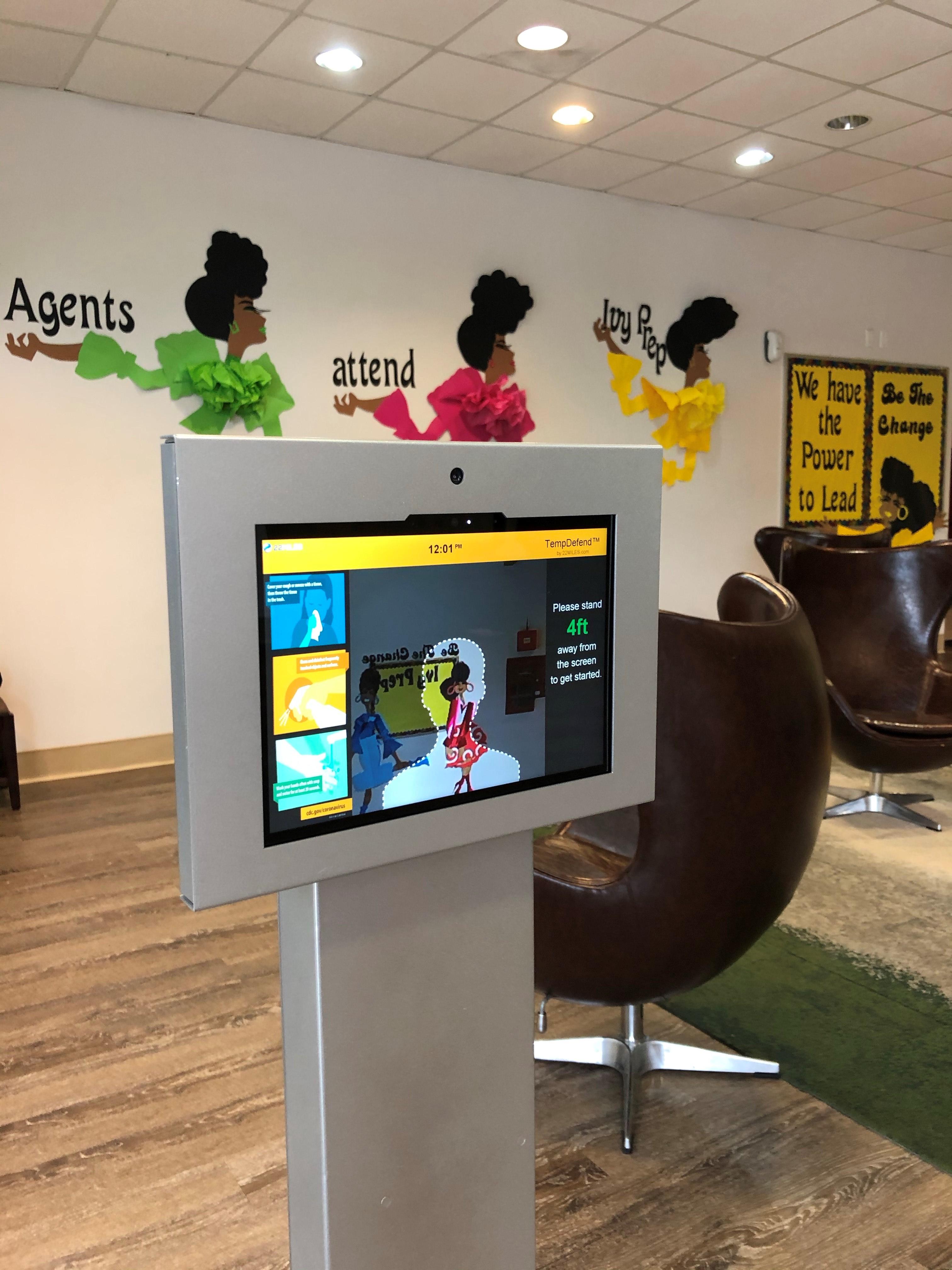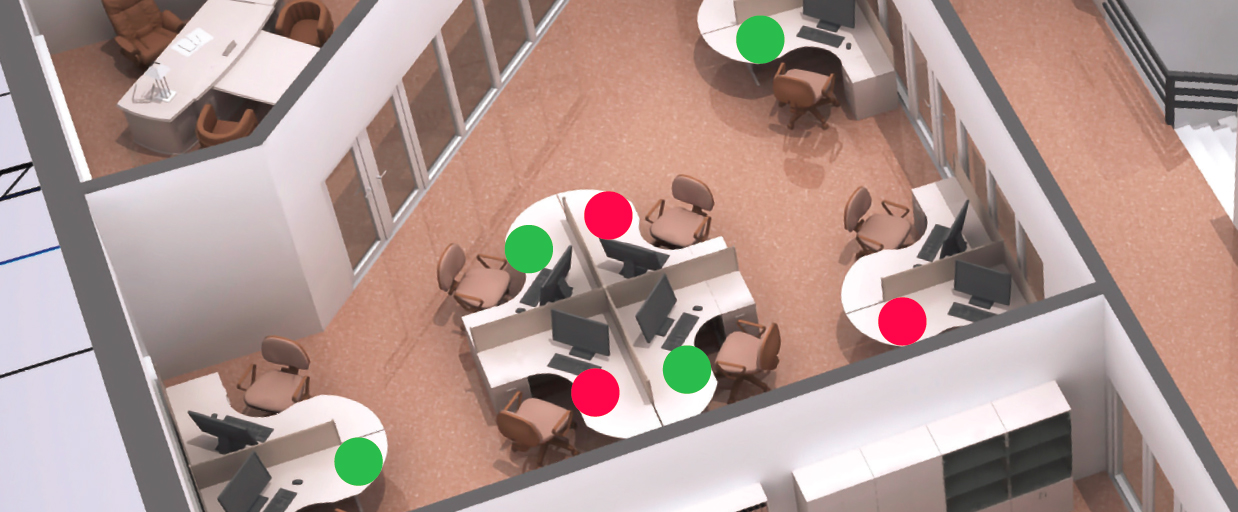Why Digital Signage and Wayfinding Technology Are Critical in a Post-Pandemic World
This year we have faced a host of new challenges around the way we work and live due to the COVID-19 pandemic. Every component of our life, from work, to schools and universities, healthcare facilities to entertainment centers, all must find ways to adapt and overcome challenges to support the “new normal” while keeping the public safe and proactively mitigating health risks. Flexible and safe workplaces, learning spaces, and other public spaces must become agile and pivot as needs continue to change daily.
For systems integrators, installers, AV/IT managers, and others responsible for keeping technology working in buildings, remaining agile is especially critical. Fully remote companies and schools are still widespread, but in-person working, learning, and more continues to expand as buildings open fully or partially. Digital signage and wayfinding are an important part of how these buildings operate; they bring people together, communicate changes and important messages, streamline operational costs and resources, and support productivity. They are at the heart of the way we navigate the world today and now, in a post-pandemic world, this technology is even more important and relevant to managing communications and safety needs.
A study in 2019 from Markets & Markets found that the digital signage market is expected to increase from $20.8 billion in 2019 to $29.6 billion by 2024, growing annually at a rate of 7.3 percent, and this number is likely to grow as interactive digital signage offers additional value during the pandemic.
Last month, the team at 22Miles released a whitepaper, Wayfinding Solutions & New Workplace Design, exploring the future of the workplace, building management post-pandemic, and how digital signage and wayfinding can be leveraged to support the logistical challenges facing enterprise workspaces, hospitality, education, and other industries.
I discuss a few key takeaways from the whitepaper around how digital signage and wayfinding technology is being used to support post-pandemic needs across various markets, below.
Kiosks and displays positioned at entrances can serve as a first line of defense and communication.
Kiosks that feature built-in thermal technology for instant employee temperature readings can be installed at major entrances in an office or other building as the first line of defense and management against the spread of COVID-19 or future viruses. These digital displays and kiosks provide an abundance of features—from temperature checks with thermal scanning and touch-free voice control, to emergency alerts and updated news—that can all be managed remotely by AV/IT and facility management teams.

For example, new thermal screening technology available in a kiosk or sign could be set up at a building’s front door and open points of entry to provide a temperature screening, before a building visitor has even made their way to the front desk. The built-in ability for a receptionist or other employee to voice chat with an individual remotely to provide next steps and instructions would make the entire pre-screening process seamless. Then, instead of having to interact face-to-face, visitors could access content on a display or kiosk through voice commands or with a QR scan on their app.
A daily selection of features, industry news, and analysis for AV/IT professionals. Sign up below.
Digital wayfinding, room booking, and desk hoteling capabilities can be used to create dynamic and flexible floor plans.
Interactive wayfinding can be positioned at an entrance or reception desk, along with thermal-screening technology, to help manage employee and guest building capacity and control traffic pathways and flow around the office. Employees can see pre-planned routes they should adhere to through the office that can be accessed on their phone or on displays placed strategically through the building.
With the implementation of Artificial Intelligence of Things (AIoT), wayfinding applications can leverage usage data gleaned from sensors or voice commands to auto-generate routes based on a user’s personalized shortest path and ease of accessibility, with smart detour scheduling that allows for safe movement in the office.

Managers can also use technology-enabled systems to schedule cleaning for workspaces that are rotated out or even relocated if a department or employee is infected. The ability to quickly and efficiently adjust and dedicate spaces to work can help employees feel safe about the desk, office, or meeting room they are occupying, when it was last cleaned, and even who the last occupant was for contact-tracing purposes.
Digital signage and wayfinding can support distributed workforces with collaboration technology and instant communication.
With many companies opting for a hybrid remote and in-person approach, team communication and connectivity remain more important than ever. Technology plays a big role here too, from collaboration tools that feature all-in-one video-conferencing to interoffice communication programs like Slack or Teams, VR/AR, and more to provide a way for in-office employees to effectively communicate with co-workers, partners, or vendors remotely.
Digital signage software can integrate desktop and mobile notification systems into employee workstations and laptops to offer instant communication, with some applications allowing admins to access remote users to deliver infotainment messaging at home. This can support interpersonal relationship building that can be hard to replicate in a remote setting, bringing teammates closer together even if they cannot do so physically.
Tomer Mann is the chief revenue officer at 22 Miles. A veteran in the digital signage industry, Mann strives to enhance visual communication consulting services to higher education, hospitality, retail, transportation, government, corporate, venues, healthcare, and other large organizations.

